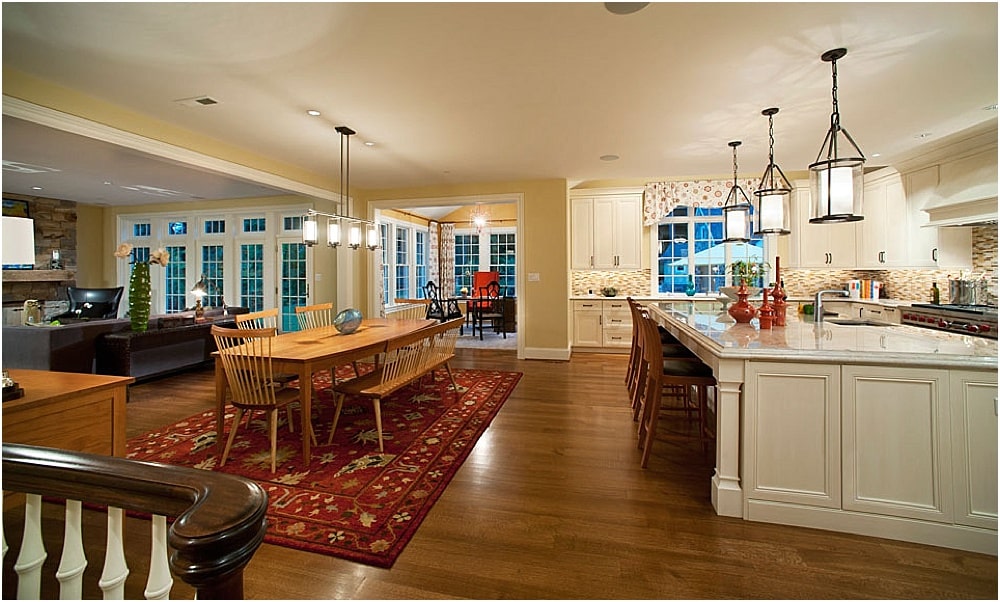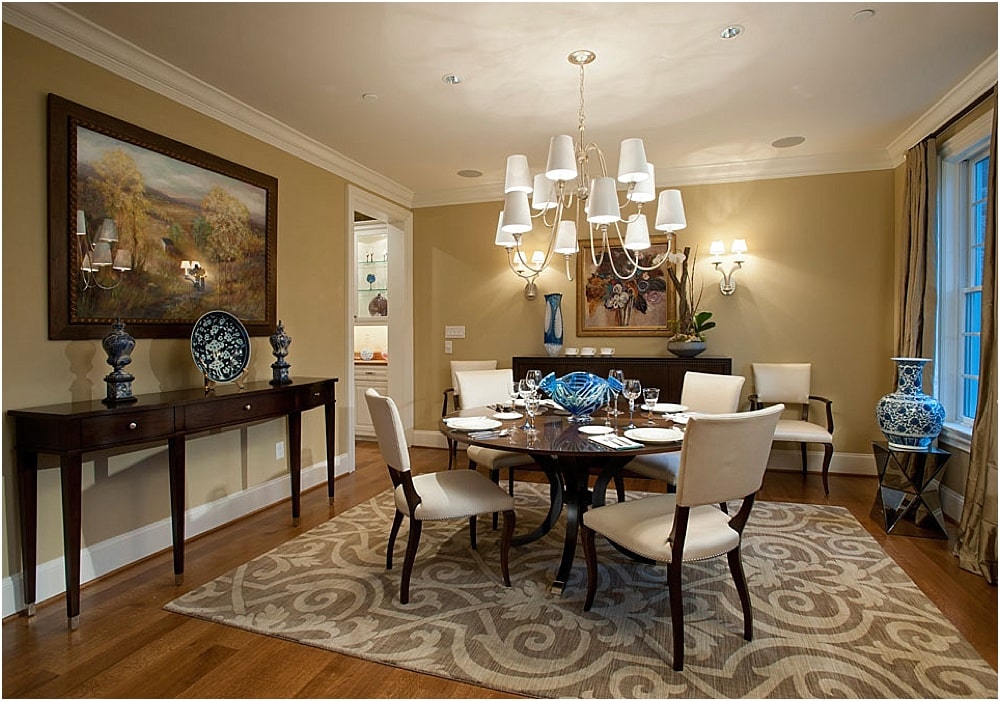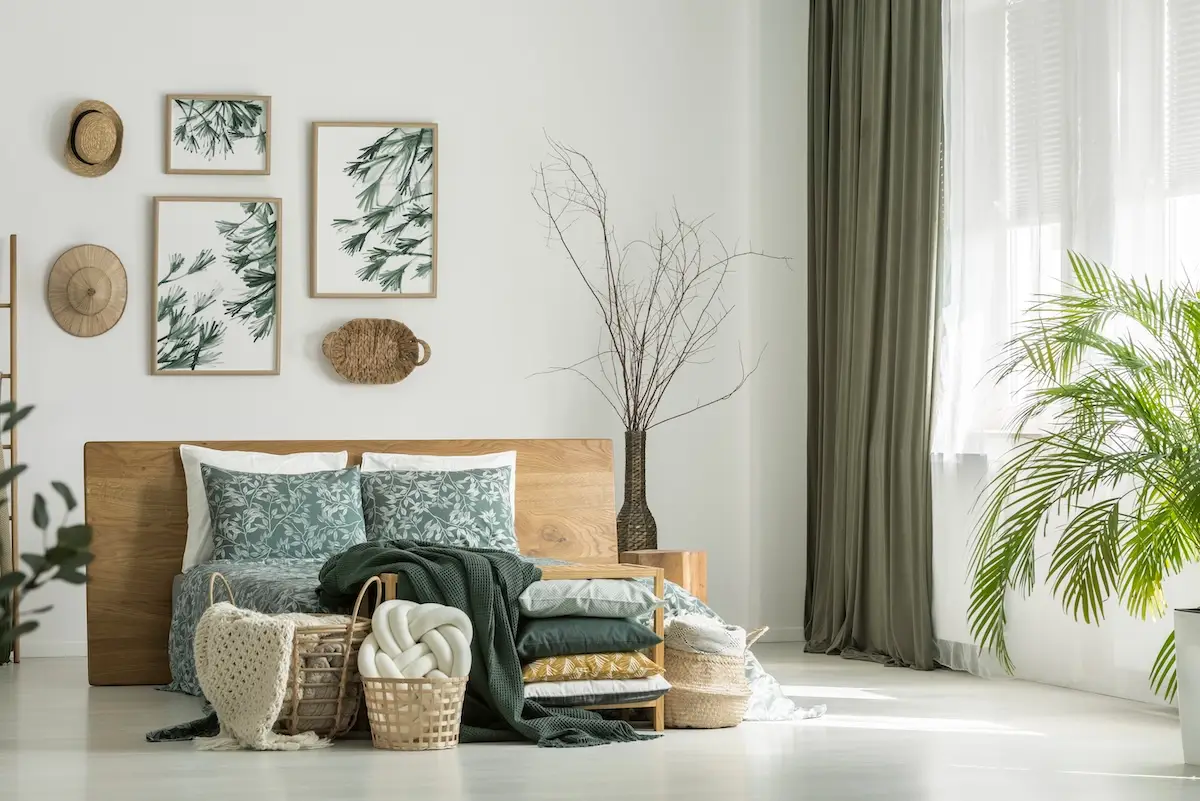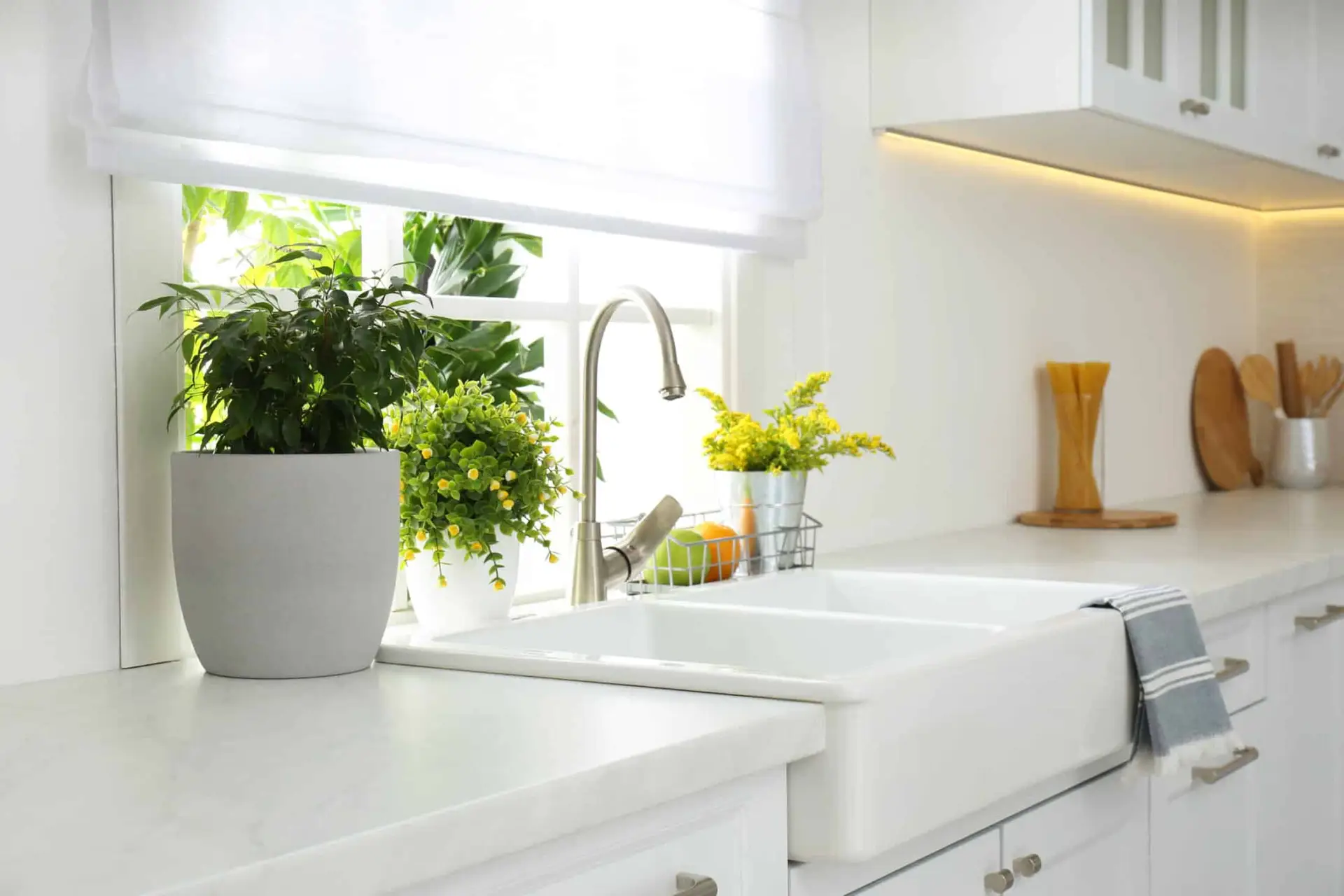We are frequently asked about color and how to use it. Besides the difficulty of selecting an actual paint color for a room, clients frequently do not know how to apply the rest of the color throughout their interior. There are many ways, and as professionals we have experimented with many, but here are two very simple solutions that you can try in your home.
The basic concept is to go big or go small. Allow us to explain.
If you use a strong dramatic color, like red, as your primary wall color you will want to soften it by adding neutral tones. You can add accent colors in small quantities, for instance blue, but the challenge you will face is to not have the red be too dominant and therefore uncomfortable and unwelcoming in the room. When is a nice red too much red? That will be require an artistic eye and a good gut feeling but clearly if all you are conscious of is the wall color in the space you have not neutralized it enough to receded and become quieter. We see this mistake all the time, even among professionals. One can go strong with color but one must neutralize it to the point of being pleasant and not obnoxious. That is what separates truly elegant beautiful rooms form ones that just do not feel right.
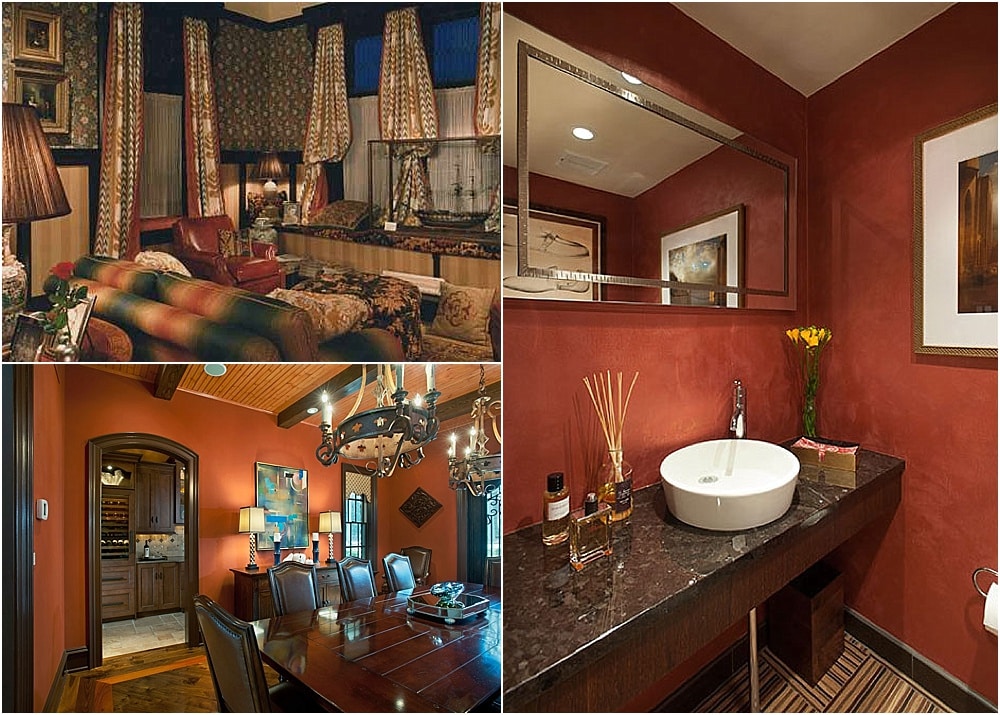 One way to calm a strong color is to add a neutral ceiling color, light woodwork color, a neutral rug. Consider covering up some of the walls with art, drapery panels, mirrors and place other objects against the walls so that the actual percentage of wall space seen is only 50% of what is actually there. Rooms with lots of windows, doors or wainscoting have less actually painted or wallpapered wall space, and so these can be great candidates for a strong color.
One way to calm a strong color is to add a neutral ceiling color, light woodwork color, a neutral rug. Consider covering up some of the walls with art, drapery panels, mirrors and place other objects against the walls so that the actual percentage of wall space seen is only 50% of what is actually there. Rooms with lots of windows, doors or wainscoting have less actually painted or wallpapered wall space, and so these can be great candidates for a strong color.
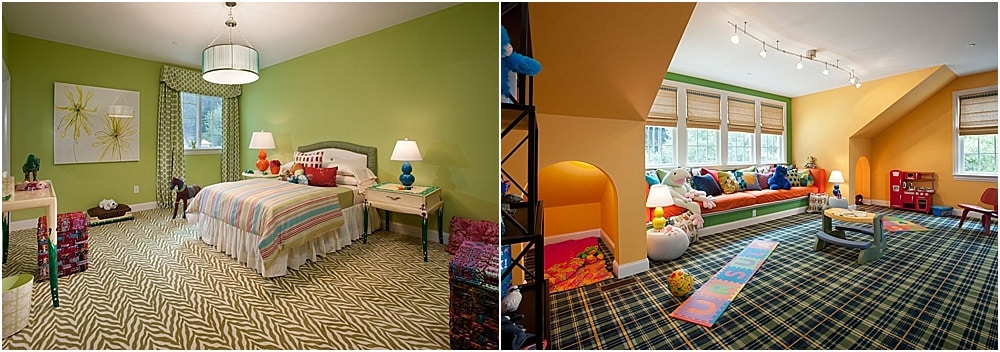
If on the other hand you feel safer with a neutral color on the walls, for instance an earth tone or gray tone, then the challenge will be to liven up the space with color and pattern so that the neutral wall color won’t be boring. Using art, rugs, window treatments, furniture, pillows and accessories are ways to make a very neutral room into something much more interesting. Instead of starting strong and then balancing you start soft and quiet and punch up the color with smaller pieces.
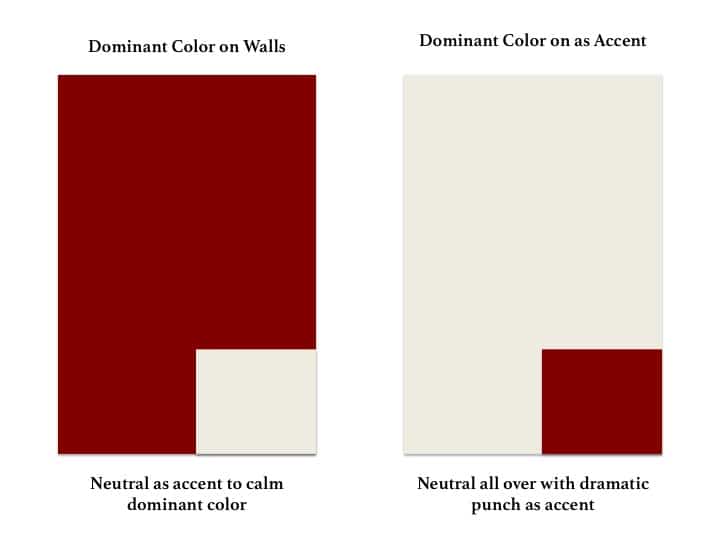
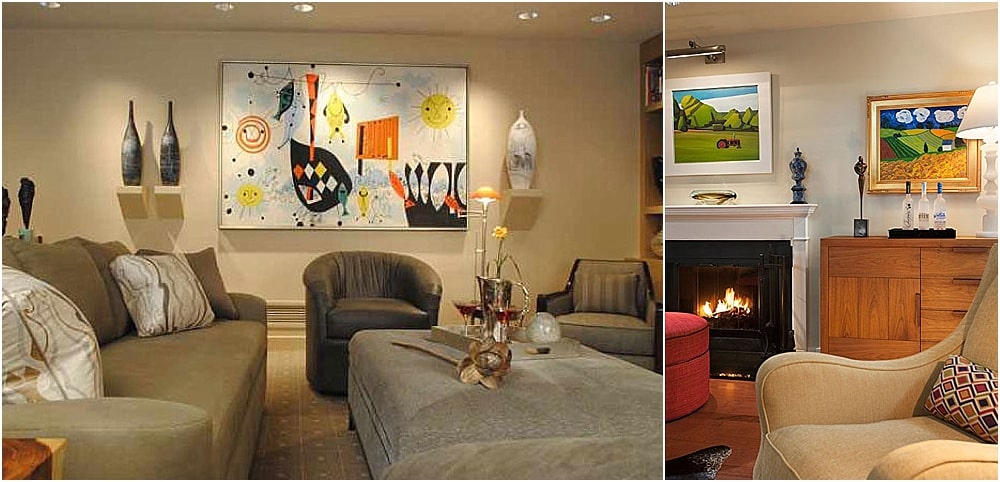
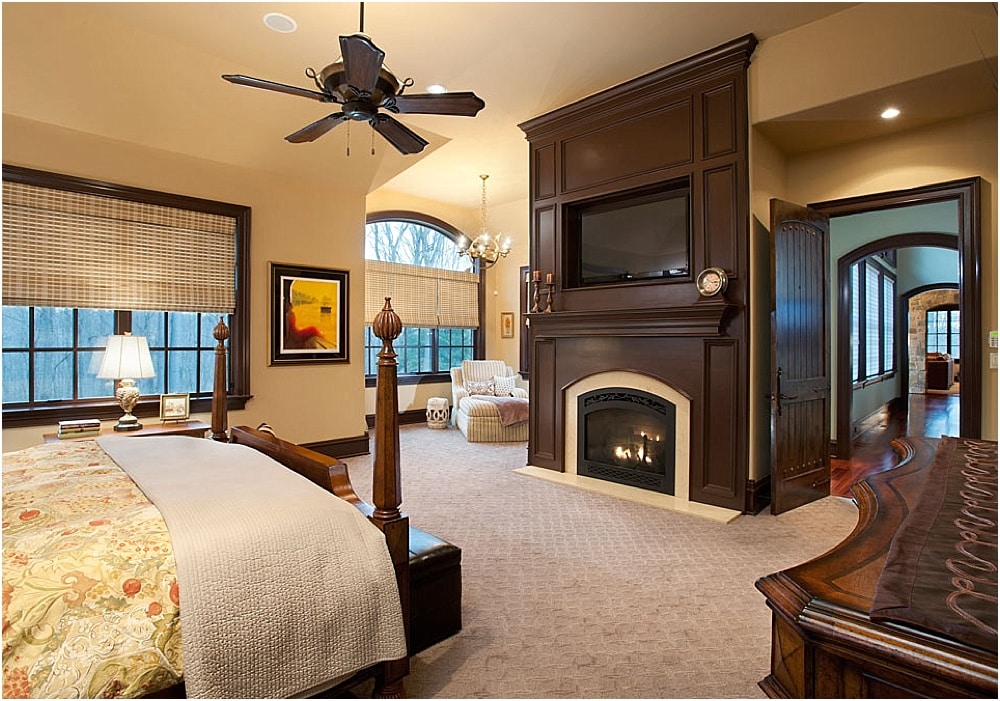 Generally speaking, strong colored rooms have lots of drama but not a lot of longevity. In other words, we tire of them more quickly. There are exceptions, like the Red Room or Green Room at the White House. We honor these rooms because they are historic, but we may not want that exact color scheme in our own home. Probably not for 200 years!
Generally speaking, strong colored rooms have lots of drama but not a lot of longevity. In other words, we tire of them more quickly. There are exceptions, like the Red Room or Green Room at the White House. We honor these rooms because they are historic, but we may not want that exact color scheme in our own home. Probably not for 200 years!
By contrast neutral rooms, like beige, gray, off-white, tend to be much less dramatic, there are exceptions, but what they lack in drama they make up for in longevity. Meaning you will not tire of them as quickly. Frequently when we find really good modern architecture we resist the urge to color the walls too much so that the architect’s design can shine through and is not diluted with bad and inappropriate decorating.
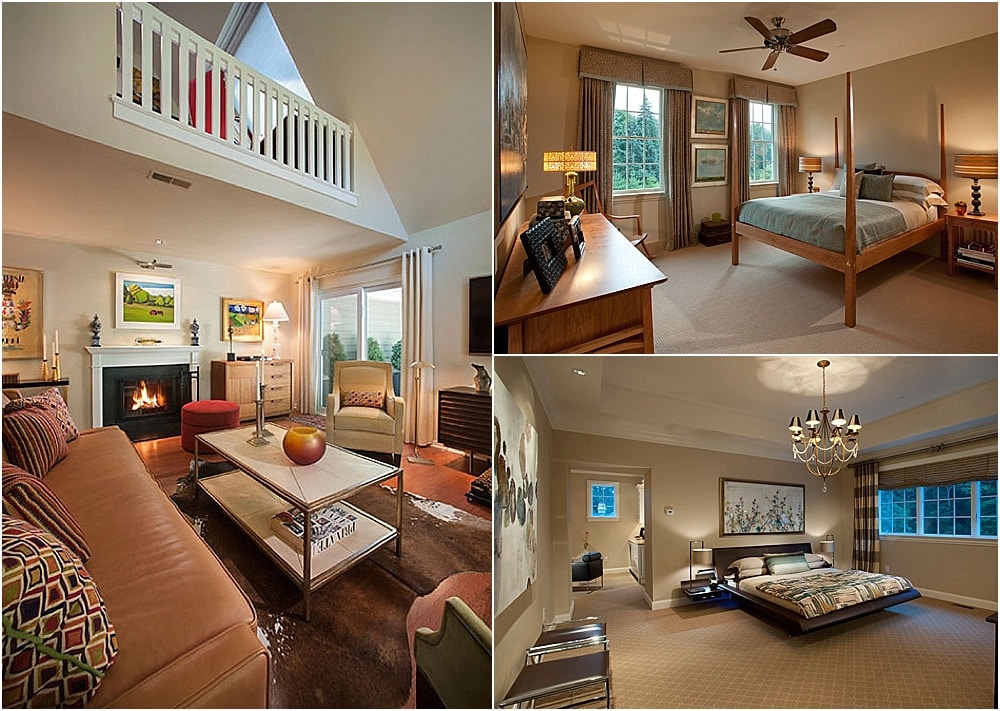
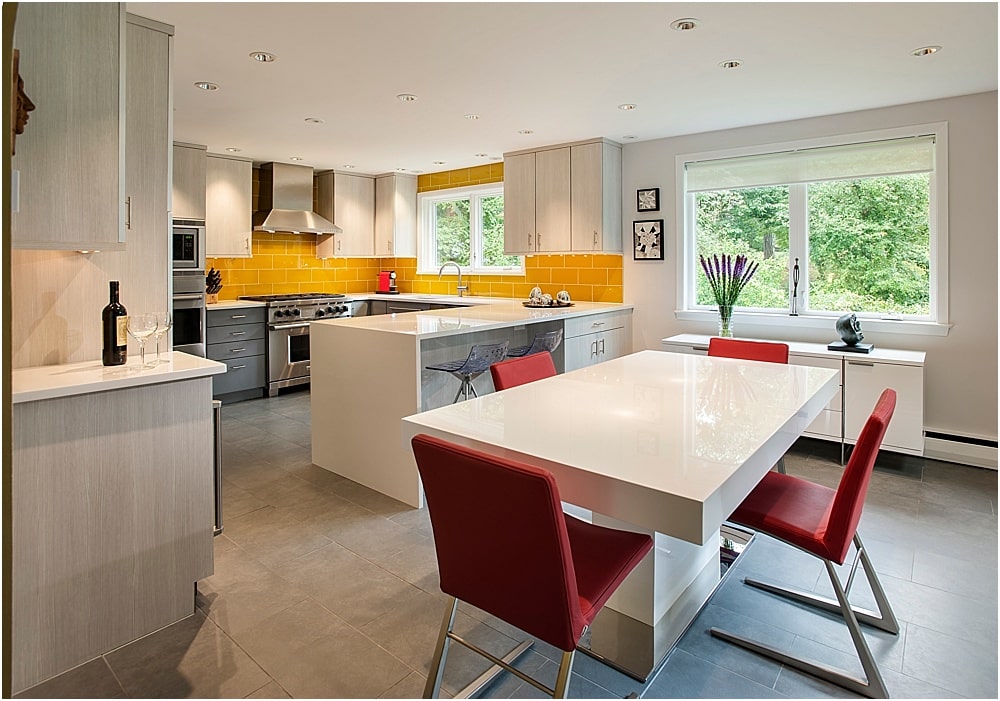
We still have clients with neutral rooms we did in the 1980’s that still look great today. All they need are some new pillows, new lamp shades, maybe new window treatments and a new rug and they are freshened up making the rooms look up to date and current. What they didn’t need was a color change, just a new coat of paint.
Most people find it easier to live with neutrals as the main color with saturated color as the accent. It is a big commitment to go bold with a strong color but don’t let that stop you from experimenting. Not every room must be the same. Sometimes all it takes is a red powder room or a hot pink dressing room to scratch that “dramatic color” itch.
Happy color experimenting and as always we are here to help.
